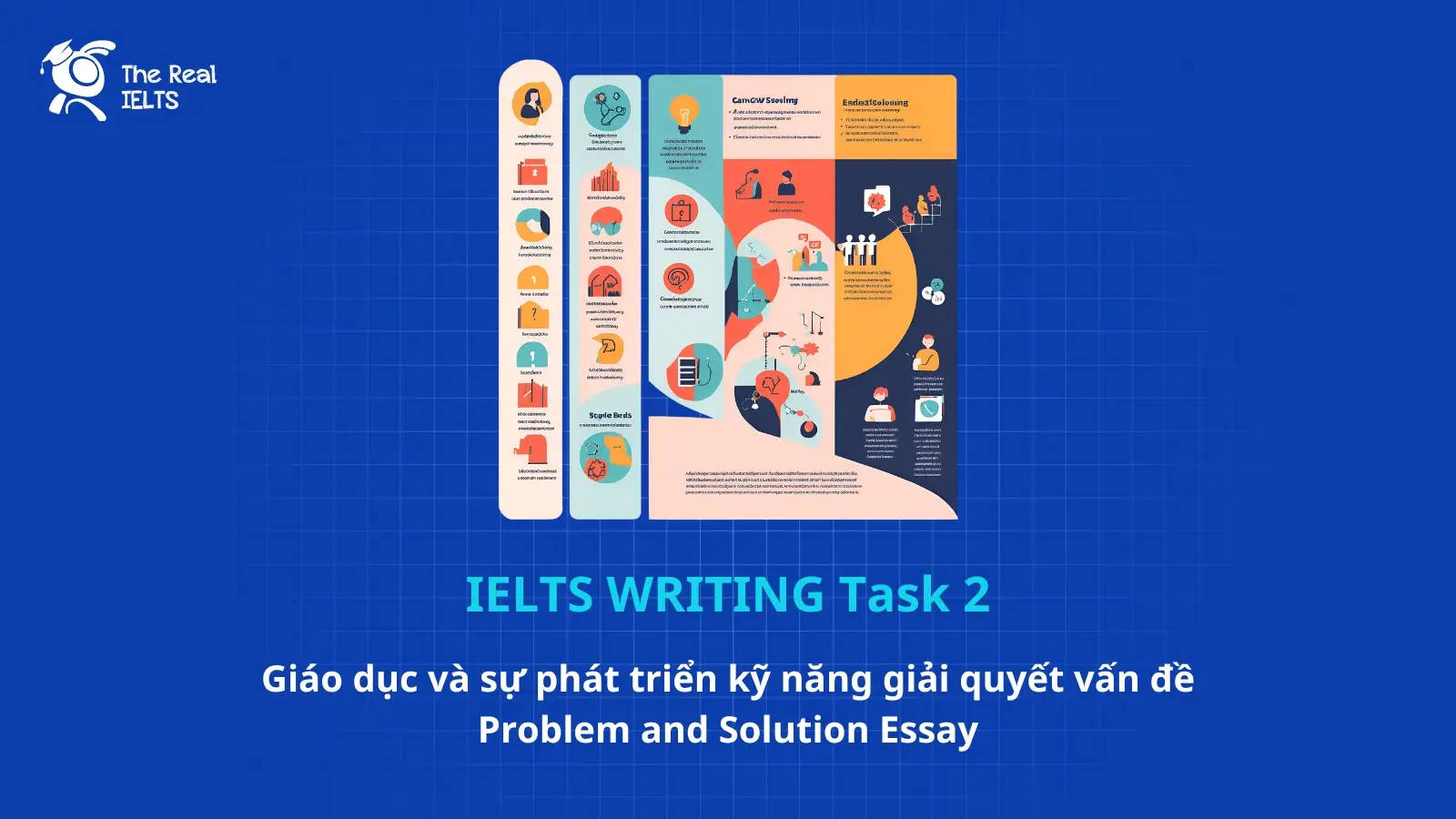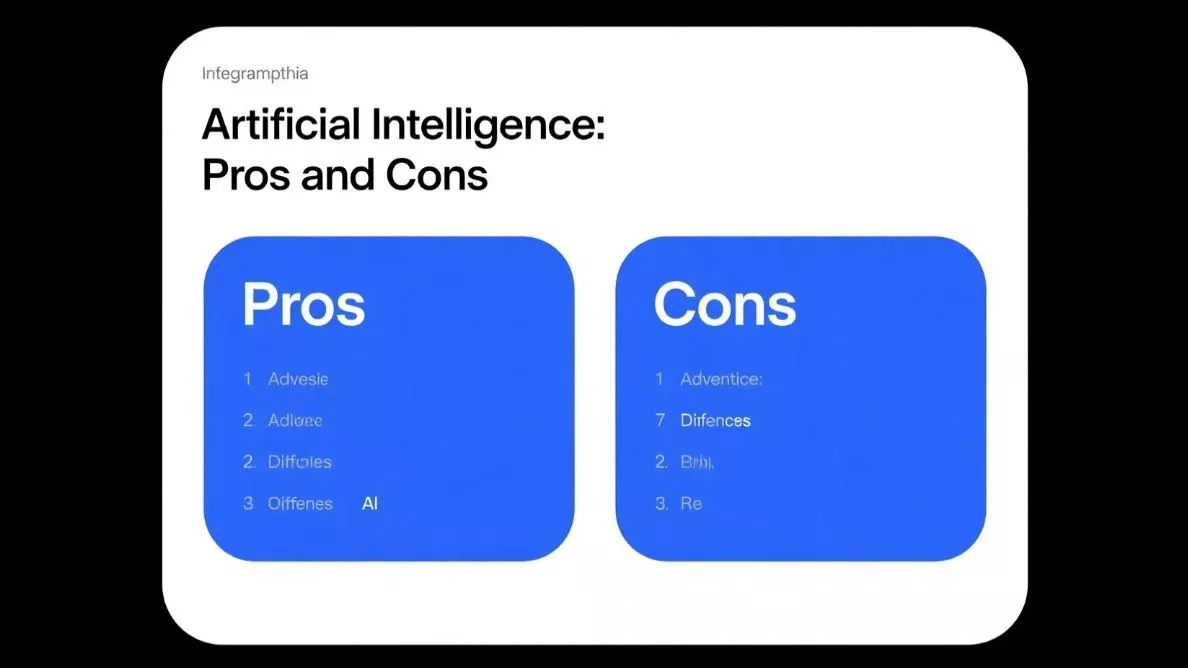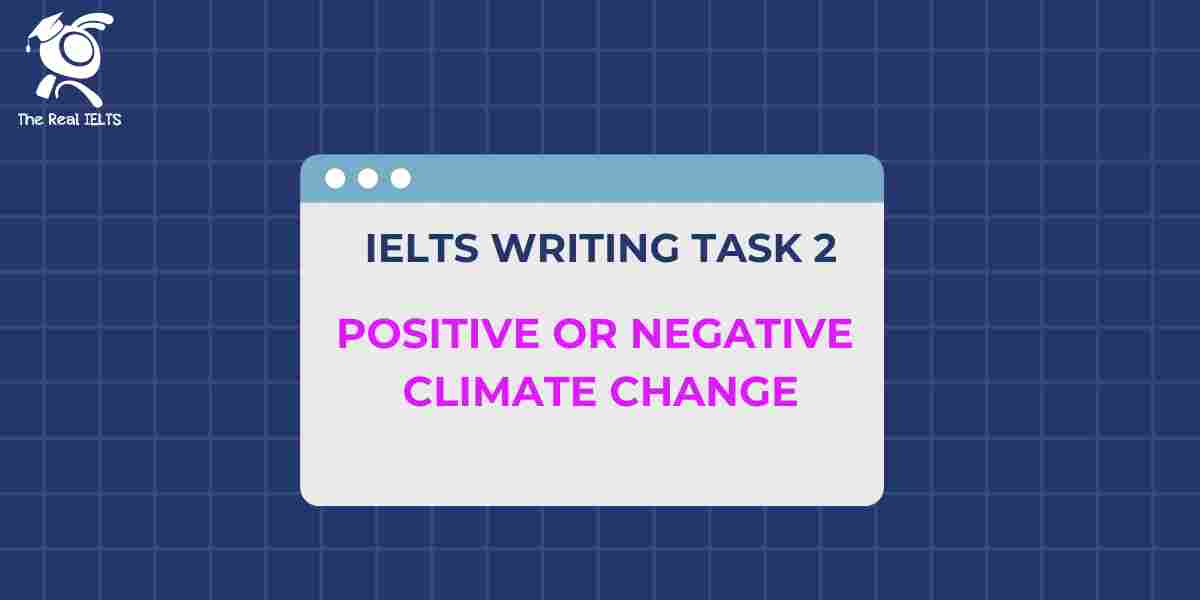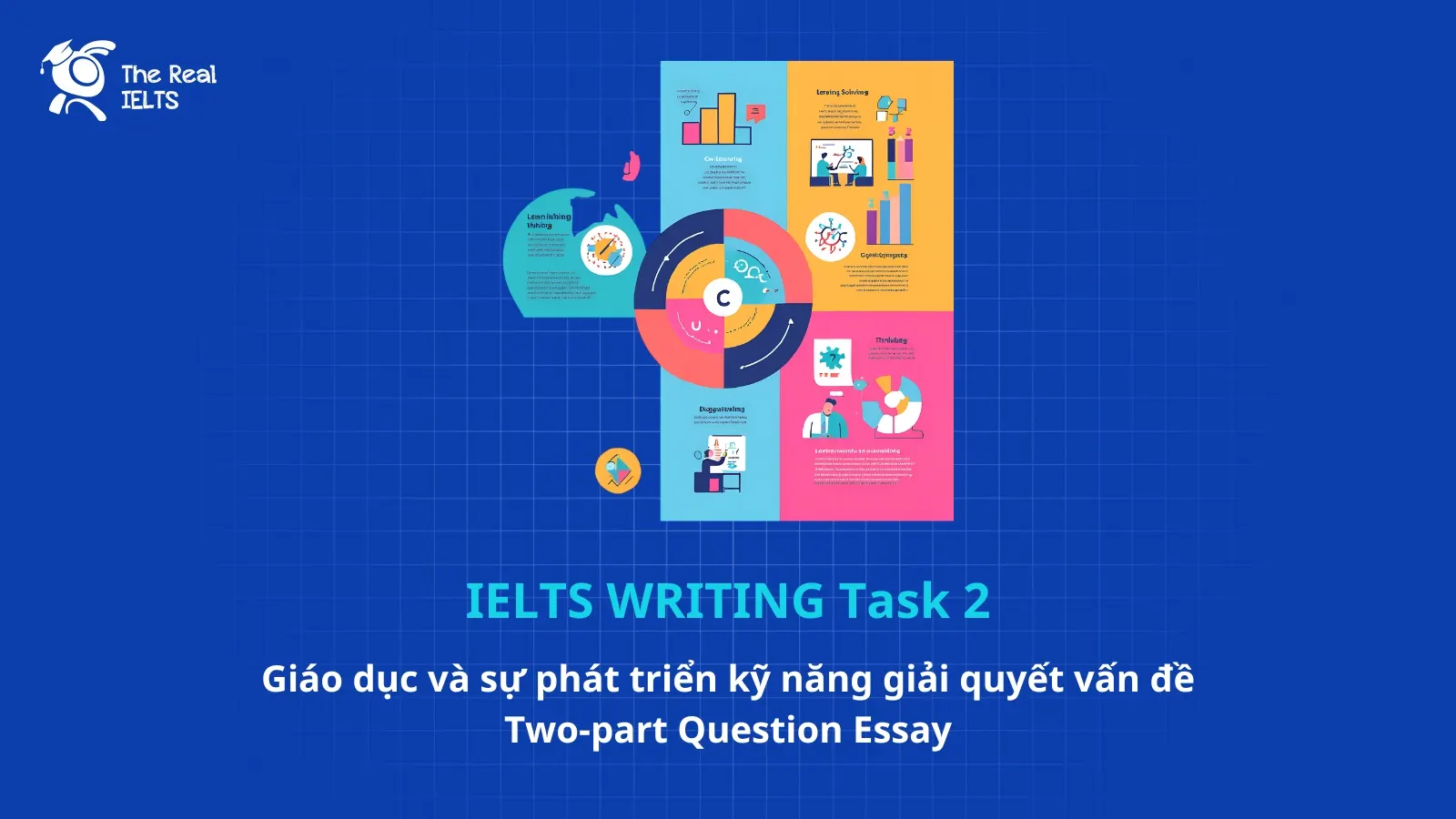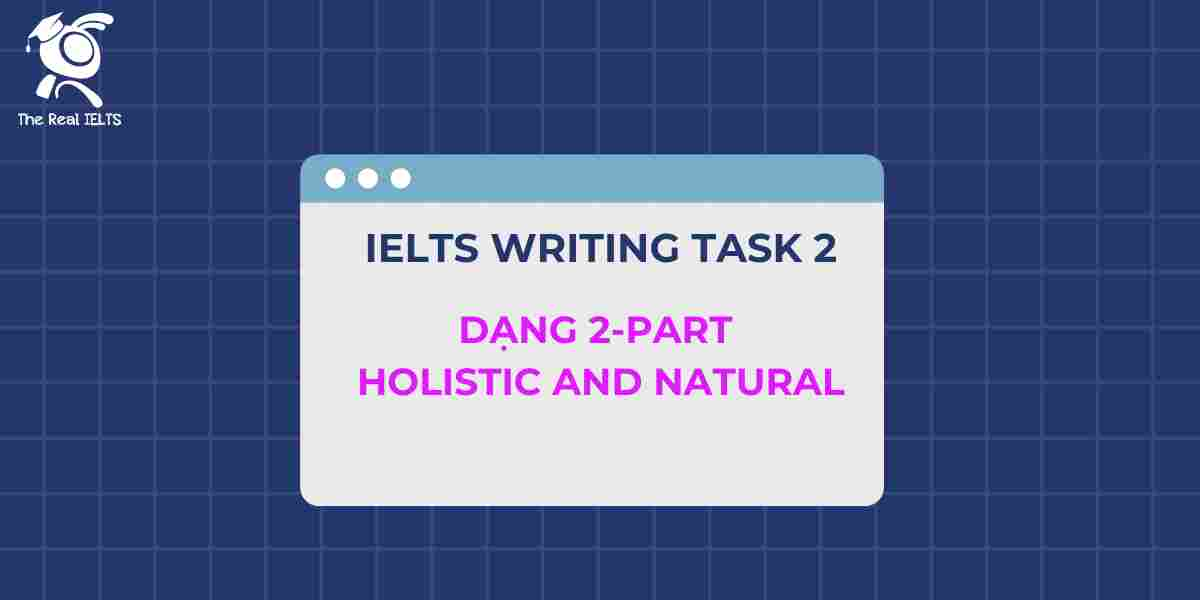IELTS Writing Task 2 thường yêu cầu phân tích vấn đề và giải pháp liên quan đến giáo dục và sự phát triển kỹ năng giải quyết vấn đề. Nhiều học sinh thiếu khả năng tư duy độc lập do phương pháp giảng dạy thụ động. Bài viết này sẽ đề xuất các giải pháp để cải thiện tình trạng này.
Đề bài IELTS Writing Task 2: Giáo dục và sự phát triển kỹ năng giải quyết vấn đề – Problem and Solution Essay
Despite the importance of problem-solving skills, many students graduate without mastering them. What are the reasons for this issue, and what solutions can be implemented?
Ví dụ 1
The issue of students graduating without mastering problem-solving skills, despite their importance, is rooted in several factors:
Reasons:
- Traditional Teaching Methods: Many educational systems still rely heavily on rote memorization and standardized testing, which focus more on the recall of facts rather than the application of knowledge to solve real-world problems. This limits opportunities for students to engage in critical thinking and problem-solving exercises.
- Lack of Real-World Application: Problem-solving skills are best developed when students are able to apply their learning to practical situations. However, many curricula fail to connect classroom lessons with real-world scenarios, leaving students unprepared to tackle complex, real-life problems.
- Overemphasis on Individual Learning: In many education systems, students are often expected to work independently, which can hinder the development of collaborative problem-solving skills. Problem-solving in the real world often requires teamwork, communication, and collaboration, which are not always emphasized in traditional education settings.
- Insufficient Focus on Soft Skills: While hard skills (like math or science knowledge) are often prioritized, soft skills, including problem-solving, critical thinking, and creativity, may not receive as much attention in the curriculum. Without these skills, students may struggle to approach challenges with flexibility and innovation.
- Limited Teacher Training: Teachers themselves may not be adequately trained to foster problem-solving skills in their students. If teachers lack the knowledge or resources to teach these skills effectively, students may miss out on crucial learning experiences.
Solutions:
- Incorporate Problem-Solving into the Curriculum: Schools should integrate problem-solving tasks into various subjects, not just math and science. Activities that require students to apply knowledge in solving real-world problems should be a regular part of the curriculum.
- Encourage Collaborative Learning: Group projects and peer-to-peer collaboration should be encouraged, as teamwork is a key component of problem-solving in the real world. This helps students develop interpersonal and communication skills, which are critical in problem-solving scenarios.
- Use Project-Based Learning (PBL): Project-based learning offers an effective way to teach problem-solving skills. In PBL, students work on long-term projects that require them to investigate issues, think critically, and develop solutions over time, allowing for deeper engagement with the problem-solving process.
- Provide Teacher Training and Resources: Teachers should be trained to recognize the importance of problem-solving skills and be given the resources to teach them effectively. This could include professional development on creative problem-solving techniques, as well as access to teaching materials that emphasize problem-solving.
- Encourage Critical Thinking and Creativity: Schools should promote an environment where students are encouraged to question assumptions, think critically, and approach problems from multiple perspectives. By fostering creativity, students can learn to come up with innovative solutions.
By implementing these solutions, educational systems can better equip students with the problem-solving skills they need to succeed both academically and professionally.
Ví dụ 2
The lack of mastery in problem-solving skills among many graduates can be attributed to several key reasons:
- Curriculum Focus: Traditional education systems often emphasize rote memorization and standardized testing rather than fostering critical thinking and problem-solving abilities. This leads to students focusing on regurgitating information rather than learning how to apply it in real-world situations.
- Lack of Practical Application: Many students don’t have enough opportunities to practice problem-solving in a hands-on, real-world context. Without these opportunities, they struggle to transfer theoretical knowledge into practical skills.
- Overemphasis on Individual Learning: Problem-solving is often taught in isolation, and students may not engage in collaborative problem-solving exercises. This limits their ability to learn from others and approach problems from multiple perspectives.
- Teacher Training: In some cases, teachers themselves may not be trained in teaching problem-solving techniques effectively. If educators lack the tools and methods to guide students through the problem-solving process, students are less likely to develop these skills.
- Time Constraints: The pressure to cover a large amount of content within a limited timeframe leaves little room for the deep exploration of topics or the development of problem-solving skills. This often results in a focus on surface-level learning.
Solutions:
- Project-Based Learning: Introducing project-based learning (PBL) can help students develop problem-solving skills by working on real-world problems in a collaborative setting. This method encourages critical thinking, creativity, and teamwork.
- Problem-Based Learning (PBL): In problem-based learning, students are presented with complex, open-ended problems and work through them systematically, developing solutions as they go. This method helps students build critical thinking skills and apply knowledge in practical contexts.
- Skill-Building Activities: Schools can integrate specific problem-solving exercises into their curriculum, such as puzzles, case studies, or simulations. These activities engage students in active learning and teach them how to break down and solve problems step by step.
- Teacher Training: Teachers should be equipped with strategies and tools to foster problem-solving in the classroom. Providing professional development in inquiry-based teaching, critical thinking, and problem-solving techniques can help them guide students more effectively.
- Encourage Collaboration: Promoting teamwork in problem-solving activities allows students to learn from each other and approach problems from different angles. Group work can foster creative solutions and build communication and collaboration skills.
- Incorporate Technology: Technology can be used to create interactive simulations or real-life problem-solving scenarios that give students the chance to practice problem-solving in a controlled, yet dynamic environment.
Ví dụ 3
Despite the importance of problem-solving skills, many students graduate without mastering them due to several key reasons. Firstly, traditional education systems often emphasize rote memorization and standardized testing rather than critical thinking and practical application. As a result, students focus on recalling information rather than developing analytical and creative solutions to real-world problems. Secondly, many curricula lack hands-on learning experiences, such as project-based assignments, case studies, or collaborative problem-solving tasks, which are essential for honing these skills. Additionally, a shortage of well-trained teachers who can effectively guide students in critical thinking further exacerbates the issue.
To address this problem, several solutions can be implemented. Schools should integrate more experiential learning methods, such as real-world simulations, group discussions, and interdisciplinary projects, to encourage students to think critically and independently. Moreover, assessments should be redesigned to evaluate problem-solving abilities rather than just factual recall. Teacher training programs must also be improved to equip educators with the necessary skills to foster analytical thinking in students. Finally, partnerships with industries and businesses can provide students with real-world exposure, helping them apply theoretical knowledge to practical situations. By implementing these solutions, education systems can better prepare students for the complexities of the modern world.
Ví dụ 4
Many students graduate without mastering problem-solving skills due to several key reasons. Firstly, traditional education systems often focus on memorization and standardized testing rather than critical thinking and practical application. As a result, students may excel in theoretical knowledge but struggle to apply it in real-world situations. Secondly, limited opportunities for hands-on learning, such as project-based assignments and real-life case studies, prevent students from developing these essential skills. Additionally, a lack of emphasis on independent thinking and creativity in many curricula further hinders their problem-solving abilities.
To address this issue, educational institutions should integrate more interactive learning methods, such as group discussions, problem-based learning, and experiential activities. Encouraging students to analyze real-life scenarios, work on collaborative projects, and engage in critical thinking exercises can significantly enhance their problem-solving capabilities. Moreover, fostering a growth mindset by allowing students to make mistakes and learn from them will help them become more adaptable and resilient in tackling complex challenges.
Ví dụ 5
Many students graduate without mastering problem-solving skills due to several reasons. First, traditional education systems often emphasize rote memorization and standardized testing rather than critical thinking and creativity. As a result, students focus on recalling information instead of applying knowledge to real-world situations. Second, limited exposure to practical experiences, such as project-based learning or hands-on problem-solving activities, prevents students from developing essential analytical skills. Lastly, a lack of encouragement for independent thinking in some educational environments can hinder students from confidently tackling complex problems.
To address this issue, schools should incorporate more interactive learning methods, such as case studies, group discussions, and real-life problem-solving tasks. Additionally, fostering a growth mindset by encouraging students to view challenges as learning opportunities can enhance their problem-solving abilities. By implementing these strategies, educational institutions can better prepare students for the complexities of the modern world.
Ví dụ 6
Many students graduate without mastering problem-solving skills due to several key reasons. First, traditional education often emphasizes memorization and standardized testing over critical thinking and real-world application. As a result, students focus on passing exams rather than developing analytical and creative problem-solving abilities. Second, limited opportunities for hands-on learning, such as project-based assignments or practical case studies, prevent students from applying theoretical knowledge to real-life situations. Additionally, a lack of emphasis on independent thinking in many classrooms discourages students from exploring different approaches to problem-solving.
To address this issue, schools should incorporate more interactive and experiential learning methods, such as group discussions, problem-based learning, and real-world simulations. Teachers should also encourage students to ask questions, analyze multiple solutions, and work collaboratively to solve complex problems. Furthermore, integrating technology and digital tools can provide engaging and dynamic ways to enhance problem-solving skills. By shifting the focus from rote learning to critical thinking and application, education systems can better prepare students for the challenges of the modern world.
Ví dụ 7
Many students graduate without mastering problem-solving skills due to several reasons. First, traditional education often emphasizes rote memorization and standardized testing rather than critical thinking and real-world application. As a result, students focus on recalling information rather than developing analytical skills. Second, a lack of hands-on learning experiences limits their ability to apply theoretical knowledge to practical situations. Additionally, some curricula do not prioritize soft skills like creativity, adaptability, and independent thinking, which are essential for effective problem-solving.
To address this issue, schools should incorporate more project-based learning, encourage interactive discussions, and integrate real-life case studies into lessons. Teachers should also foster a growth mindset by allowing students to experiment, make mistakes, and learn from failures. Furthermore, collaboration with industries and mentorship programs can provide students with exposure to real-world challenges, helping them enhance their problem-solving abilities before entering the workforce.
Ví dụ 8
Many students graduate without mastering problem-solving skills due to several reasons. Firstly, traditional education systems often focus on memorization and standardized testing rather than critical thinking and practical application. As a result, students lack opportunities to develop analytical and creative problem-solving abilities. Secondly, limited real-world exposure and hands-on learning experiences prevent students from applying their knowledge in practical situations. Additionally, the pressure to achieve high grades can discourage risk-taking and independent thinking.
To address this issue, schools should integrate more project-based learning and real-life problem-solving activities into the curriculum. Encouraging teamwork, critical thinking exercises, and open discussions can also help students develop these essential skills. Furthermore, educators should emphasize the importance of adaptability and resilience, preparing students to tackle complex challenges in the future.
Ví dụ 9
Many students graduate without mastering problem-solving skills due to several factors. First, traditional education often focuses on memorization and standardized testing rather than critical thinking and practical application. As a result, students may lack opportunities to develop problem-solving abilities. Second, many schools do not emphasize real-world challenges, leaving students unprepared for complex situations. Additionally, some students may struggle with problem-solving due to a lack of confidence or inadequate guidance from teachers.
To address this issue, schools should incorporate more project-based learning, encourage critical thinking exercises, and provide real-world problem-solving opportunities. Teachers can also play a crucial role by fostering a growth mindset and guiding students through the problem-solving process. By making these changes, education systems can better equip students with essential skills for future success.
Ví dụ 10
Many students graduate without mastering problem-solving skills due to several reasons. First, traditional education often focuses on rote memorization rather than critical thinking and practical application. As a result, students may excel in exams but struggle to apply knowledge in real-life situations. Second, limited opportunities for hands-on learning, such as project-based assignments or real-world case studies, prevent students from developing analytical and problem-solving abilities. Additionally, the lack of emphasis on soft skills, such as creativity and adaptability, further contributes to this issue.
To address this problem, schools should incorporate more interactive teaching methods, such as problem-based learning and group discussions, to encourage critical thinking. Furthermore, integrating real-world scenarios into the curriculum and promoting extracurricular activities like coding competitions or debate clubs can help students enhance their problem-solving skills. By adopting these strategies, education systems can better prepare students for future challenges.
Ví dụ 11
The lack of mastery in problem-solving skills among many students, despite their importance, can be attributed to several factors. First, the traditional education system often emphasizes rote learning and memorization rather than critical thinking and practical application. This approach leaves little room for students to develop and refine their problem-solving abilities. Additionally, students may lack opportunities to engage in real-world scenarios where they can apply their skills, as many classrooms focus more on theory than on practical problem-solving exercises. Moreover, the pressure to perform well in exams often discourages students from exploring creative or diverse solutions.
To address this issue, educational institutions can integrate problem-solving exercises into the curriculum, promote collaborative learning environments, and create more opportunities for hands-on learning experiences. Encouraging a growth mindset and fostering a culture of inquiry can also motivate students to embrace challenges and approach problems with confidence.
Ví dụ 12
Despite the growing importance of problem-solving skills in today’s world, many students graduate without fully mastering them. One of the main reasons for this issue is that traditional education systems often prioritize rote memorization and standardized testing over critical thinking and real-world problem-solving. This limits students’ opportunities to practice these essential skills. Additionally, some teaching methods may not encourage active participation, collaboration, or creativity, which are key components of problem-solving.
To address this issue, educators can adopt more interactive and project-based learning approaches, where students tackle real-world problems, collaborate in teams, and receive feedback that encourages critical thinking. Moreover, integrating problem-solving exercises into daily lessons and providing mentorship can help students develop these skills more effectively. By creating a more engaging and practical learning environment, students will be better equipped to solve complex problems in their future careers and lives.
Ví dụ 13
Despite the crucial role that problem-solving skills play in both academic and professional success, many students graduate without mastering them. Several factors contribute to this issue. One key reason is the traditional teaching methods that often focus on rote memorization and passive learning, rather than active problem-solving. Additionally, the pressure to perform well on standardized tests can limit opportunities for students to engage in complex, real-world problem-solving scenarios. Another factor is the lack of emphasis on critical thinking and creativity in many curricula, which leaves students unprepared for situations requiring innovative solutions.
To address this, schools and universities should incorporate more project-based learning, where students tackle real-world problems, and promote a learning environment that encourages collaboration, experimentation, and the development of critical thinking skills. Teachers should also be trained to use teaching methods that foster problem-solving abilities, such as inquiry-based learning and case studies. Furthermore, integrating interdisciplinary approaches into education can help students see how problem-solving skills are applicable across various fields and contexts. By implementing these changes, educational institutions can equip students with the necessary skills to tackle complex problems in their future careers.


